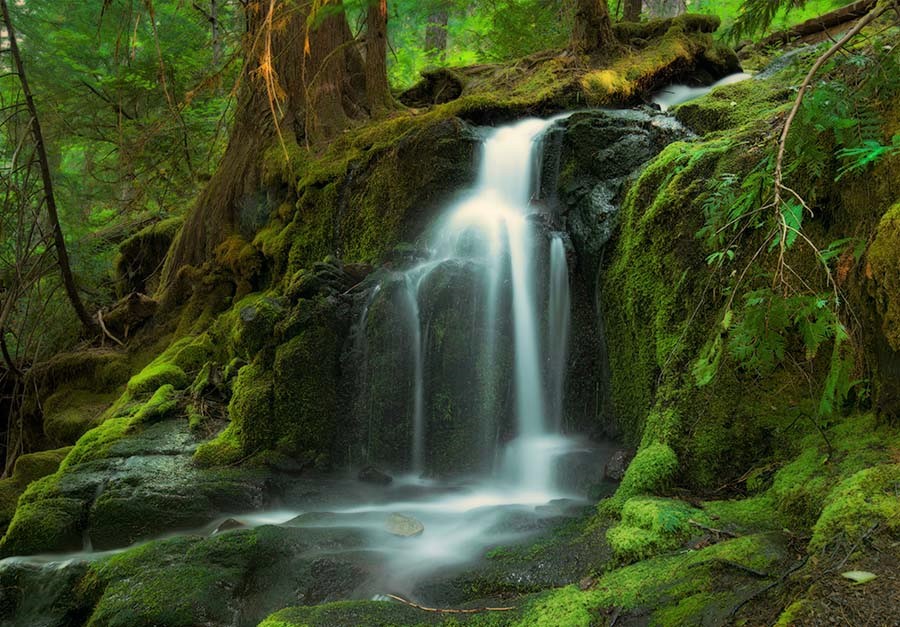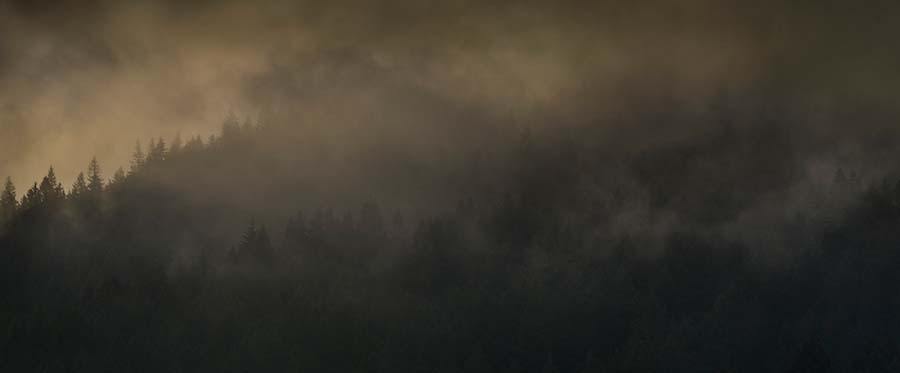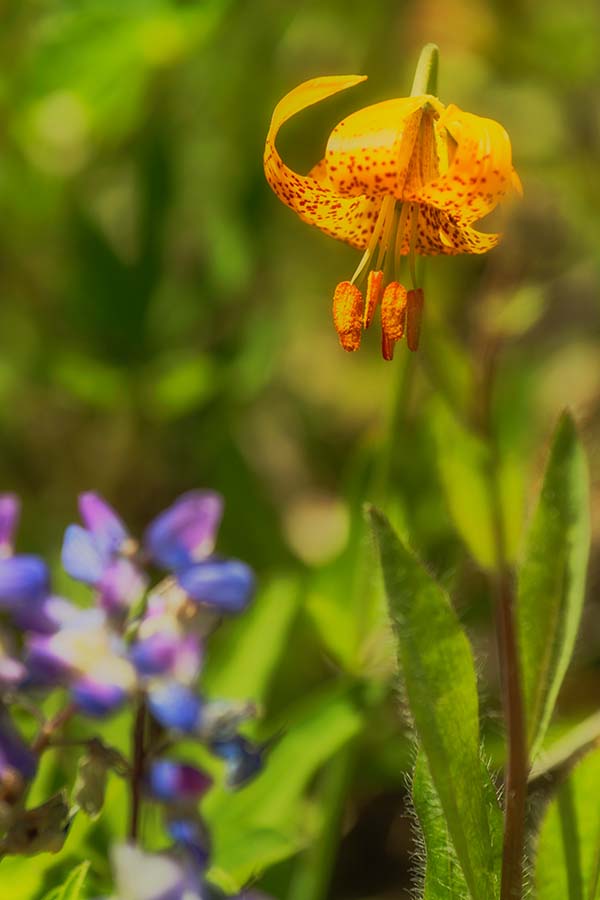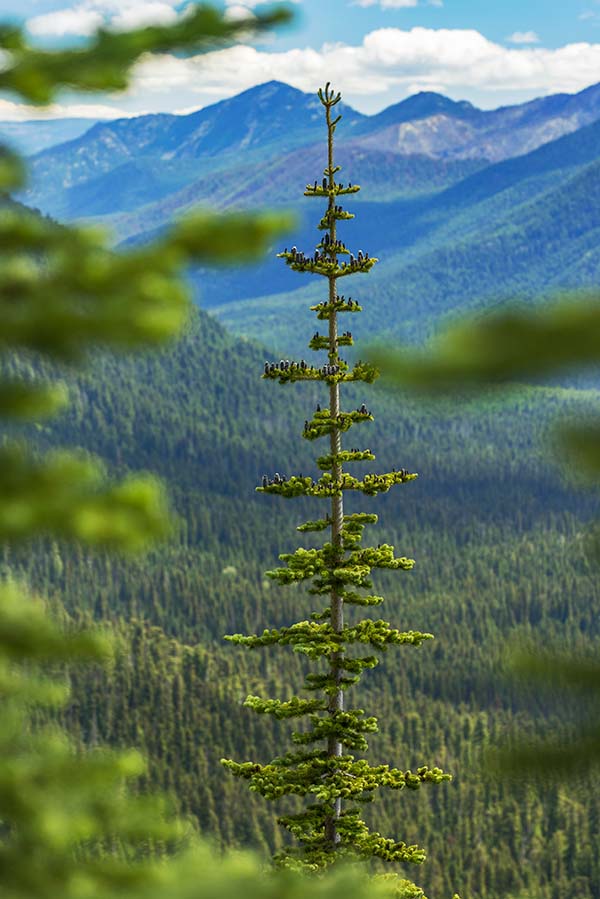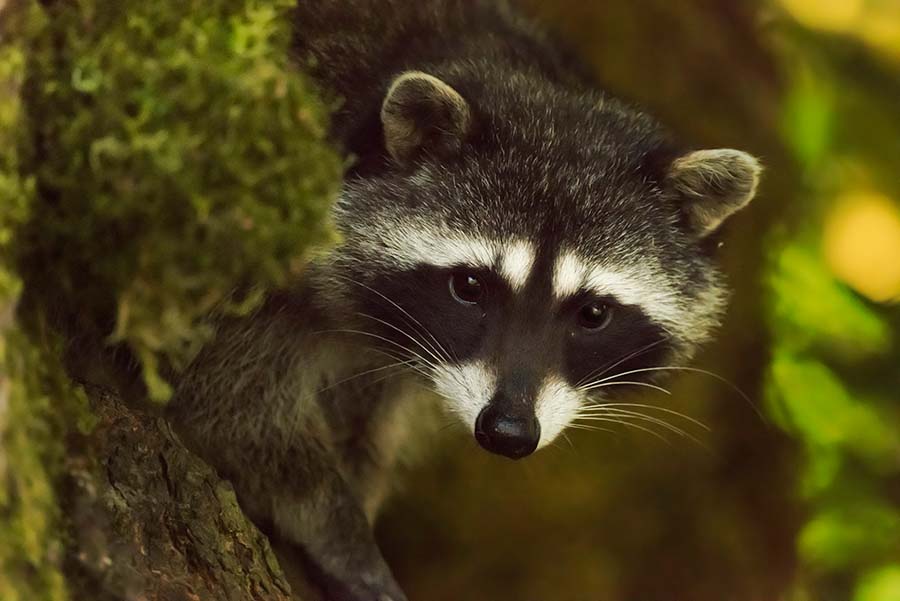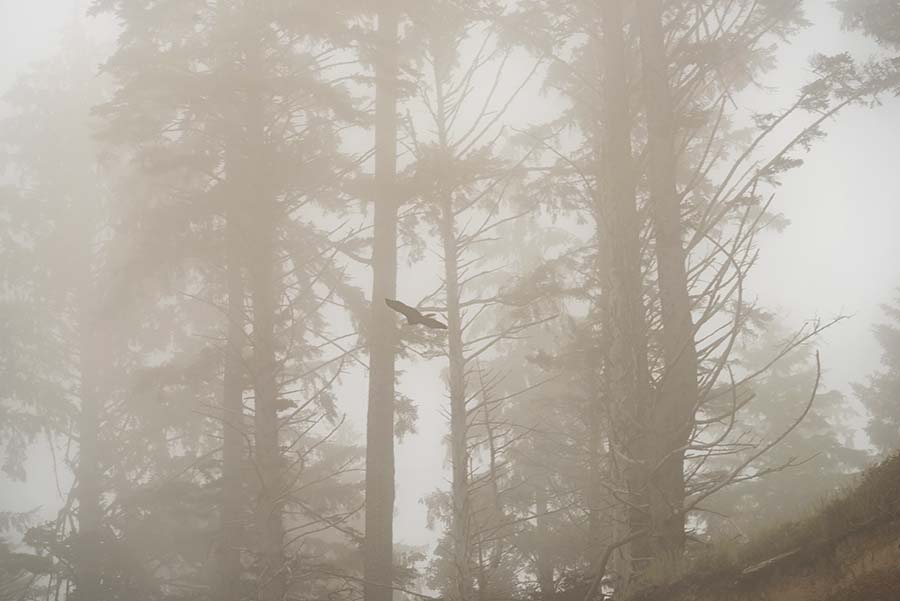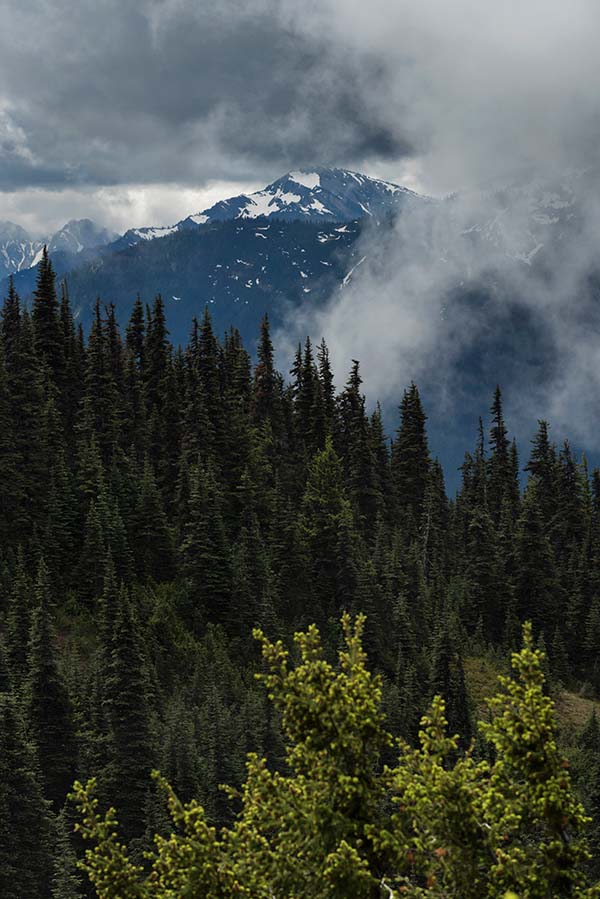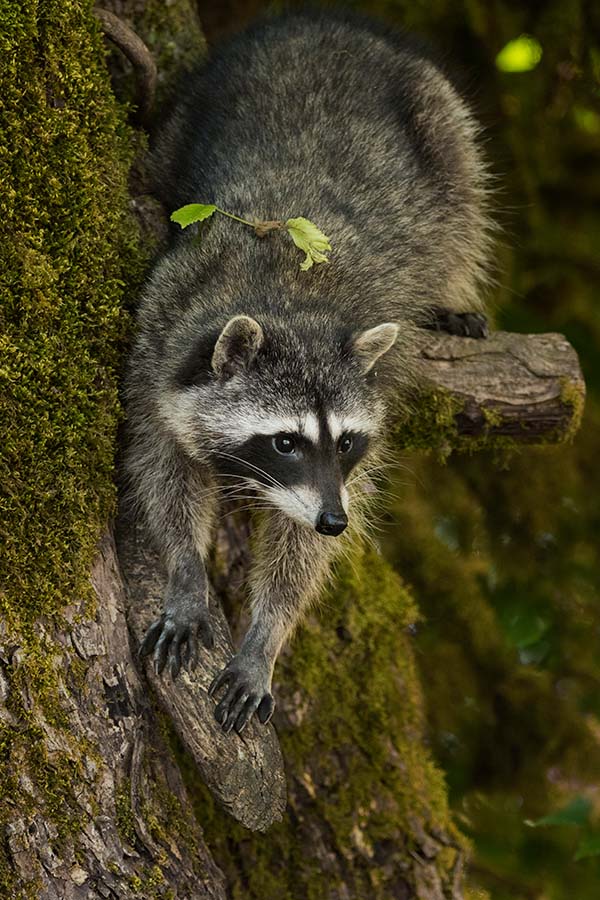Mount Rainier and Olympic National Parks
The Pacific Northwest is home to picturesque coastline, temperate rain forests, old growth forests, spectacular mountain ranges, and other natural wonders that truly make it a unique and wonderful location. There is little wonder why there are several national parks in this region. I visited two of them, Mount Rainier and Olympic, during an 8 day trip that I took in 2018, my first visit to this area of the country. Both of these parks offer wonderful views and experiences that come from having a location set aside to nature, and the Pacific Northwest provides for a fantastic region to visit due to its unique setting.
The main purpose of the trip was to explore the scenic hiking trails, and since we were there in summer, the long days meant that there would be little time to photograph the vistas during the optimal times (sunset, sunrise, and nighttime). However, sometimes it can be rewarding to simply take in the sights and experiences, while not being too concerned about capturing impressive images. There are some other benefits to shooting in the daytime, as the photos often produce a more recognizable presentation of the location, and I tend to find them refreshing. Although the best images are more likely to be taken outside the times that are often best for hiking, photography does not always have to be about getting the most impactful or dramatic images, and it is still possible to take shots that make it worth taking the camera along.
Located within just a couple hour drive of Seattle, Washington, Mount Rainier National Park contains beautiful views of the massive mountain for which the park is named, as well as scenic trails through the majestic forests made up of cedar, fir, and hemlock, some of which are over 1000 years old and tower 200 or more feet toward the sky. During the summer months, wildflowers proliferate and mild temperatures surround the bottom of the mountain. Even so, snow still covers areas of the park this time of year due to the immense amount of it that falls every winter. In fact, the Paradise region of the park is one of the snowiest places on Earth, where snowfall is regularly recorded. The region once measured a world record annual snowfall of over 1000 inches. The deepest snow depth measured on the ground here was a staggering 30 feet. The mountain itself is the largest of the Cascade Range, with a height of over 14,000 feet, and supports 26 glaciers on its slopes. John Muir had this to say about the mountain: “Of all the fire-mountains which, like beacons, once blazed along the Pacific Coast, Mount Rainier is the noblest”. The mountain is an active volcano and is considered to be one of the most dangerous in the country because of its potential to affect closely located populous areas.
The mountain is quite impressive in appearance, and is visible from cities up to a couple hundred miles away on clear days. The Paradise region of the park offers the closest views, but I found there to be many fantastic vistas in other areas where the mountain is not the foremost object of attention. The undulating landscapes display beautiful forests, rivers, lakes, and waterfalls that make the entire park worthy of admiration.
Located on the Olympic Peninsula, a few hour drive to the northwest of Seattle, Olympic National Park contains a remarkable diversity of eco-systems. From the coastline, to the Olympic Mountains, to the temperate rain forests, the variety of scenics makes it one of the most unique parks in the country. An immense amount of bio-mass fills the temperate rain forests, which receive around 150 inches of rain per year. Unlike a tropical rainforest, the forests here contain conifers and have the appearance of being similar to other forests in the state except for the exceptional lushness and proliferation of plant life on every piece of land. Long, dense, mosses hang from the trees, giving the perception that the forest is literary dripping with life. Unlike most of the year, the summer provides a brief window of typically clear, precipitation free, days. Although the rainforest is the most renowned aspect of the park, we found the coastline and mountainous region to be our favorite parts of the park. Spectacular views of wildflowers and the Olympic Mountains accompany the trails at hurricane ridge, while on the coast one can walk along the beach and explore the seaside intrigues as well as take in the views of the rock outcrops jutting out of the water just off-shore.
Mount Rainier and Olympic National Parks
The Pacific Northwest is home to picturesque coastline, temperate rain forests, old growth forests, spectacular mountain ranges, and other natural wonders that truly make it a unique and wonderful location. There is little wonder why there are several national parks in this region. I visited two of them, Mount Rainier and Olympic, during an 8 day trip that I took in 2018, my first visit to this area of the country. Both of these parks offer wonderful views and experiences that come from having a location set aside to nature, and the Pacific Northwest provides for a fantastic region to visit due to its unique setting.
The main purpose of the trip was to explore the scenic hiking trails, and since we were there in summer, the long days meant that there would be little time to photograph the vistas during the optimal times (sunset, sunrise, and nighttime). However, sometimes it can be rewarding to simply take in the sights and experiences, while not being too concerned about capturing impressive images. There are some other benefits to shooting in the daytime, as the photos often produce a more recognizable presentation of the location, and I tend to find them refreshing. Although the best images are more likely to be taken outside the times that are often best for hiking, photography does not always have to be about getting the most impactful or dramatic images, and it is still possible to take shots that make it worth taking the camera along.
Located within just a couple hour drive of Seattle, Washington, Mount Rainier National Park contains beautiful views of the massive mountain for which the park is named, as well as scenic trails through the majestic forests made up of cedar, fir, and hemlock, some of which are over 1000 years old and tower 200 or more feet toward the sky. During the summer months, wildflowers proliferate and mild temperatures surround the bottom of the mountain. Even so, snow still covers areas of the park this time of year due to the immense amount of it that falls every winter. In fact, the Paradise region of the park is one of the snowiest places on Earth, where snowfall is regularly recorded. The region once measured a world record annual snowfall of over 1000 inches. The deepest snow depth measured on the ground here was a staggering 30 feet. The mountain itself is the largest of the Cascade Range, with a height of over 14,000 feet, and supports 26 glaciers on its slopes. John Muir had this to say about the mountain: “Of all the fire-mountains which, like beacons, once blazed along the Pacific Coast, Mount Rainier is the noblest”. The mountain is an active volcano and is considered to be one of the most dangerous in the country because of its potential to affect closely located populous areas.
The mountain is quite impressive in appearance, and is visible from cities up to a couple hundred miles away on clear days. The Paradise region of the park offers the closest views, but I found there to be many fantastic vistas in other areas where the mountain is not the foremost object of attention. The undulating landscapes display beautiful forests, rivers, lakes, and waterfalls that make the entire park worthy of admiration.
Located on the Olympic Peninsula, a few hour drive to the northwest of Seattle, Olympic National Park contains a remarkable diversity of eco-systems. From the coastline, to the Olympic Mountains, to the temperate rain forests, the variety of scenics makes it one of the most unique parks in the country. An immense amount of bio-mass fills the temperate rain forests, which receive around 150 inches of rain per year. Unlike a tropical rainforest, the forests here contain conifers and have the appearance of being similar to other forests in the state except for the exceptional lushness and proliferation of plant life on every piece of land. Long, dense, mosses hang from the trees, giving the perception that the forest is literary dripping with life. Unlike most of the year, the summer provides a brief window of typically clear, precipitation free, days. Although the rainforest is the most renowned aspect of the park, we found the coastline and mountainous region to be our favorite parts of the park. Spectacular views of wildflowers and the Olympic Mountains accompany the trails at hurricane ridge, while on the coast one can walk along the beach and explore the seaside intrigues as well as take in the views of the rock outcrops jutting out of the water just off-shore.
Click the images below for a better viewing experience
Mount Rainier National Park
Click on an image below for a better viewing experience
Olympic National Park
Click on an image below for a better viewing experience



